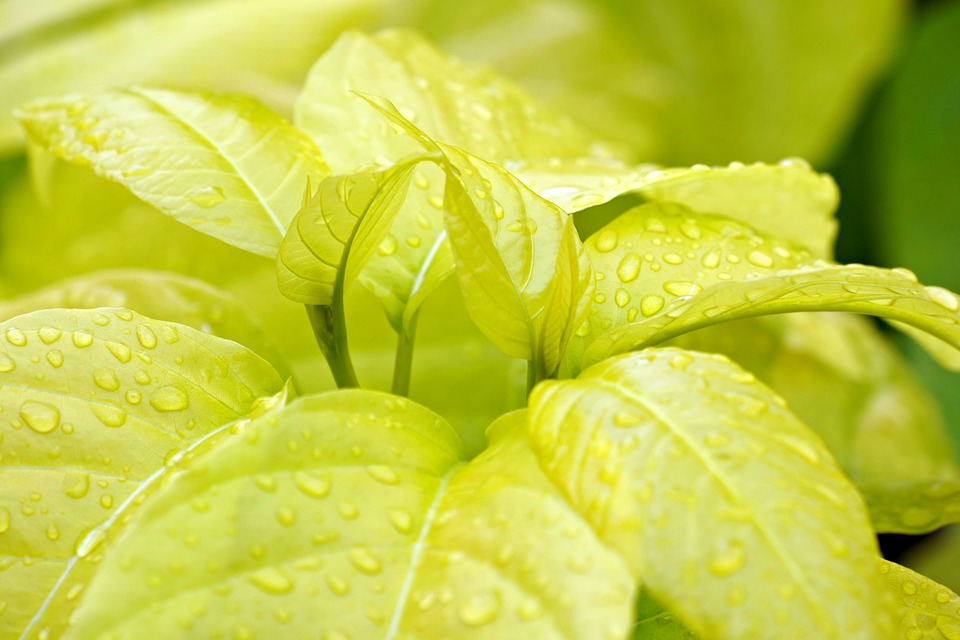As the world becomes increasingly aware of the importance of sustainability and reducing our environmental footprint, many of us are looking for ways to make our daily habits more eco-friendly. One area where we can make a significant impact is in our coffee and tea consumption. From the beans and leaves to the brewing process, there are numerous ways to brew a greener cup. In this article, we’ll explore the eco-friendly guide to coffee and tea, providing you with tips and tricks to reduce your environmental impact.
The Environmental Impact of Coffee and Tea
Coffee and tea are two of the most popular beverages in the world, with millions of cups consumed every day. However, the production, processing, and disposal of these beverages can have a significant environmental impact. Coffee, for example, is one of the most traded commodities in the world, with many coffee beans being transported long distances, contributing to greenhouse gas emissions. Tea, on the other hand, requires large amounts of water and energy to produce, process, and package.
Additionally, the packaging of coffee and tea, such as paper cups, plastic lids, and tea bags, contributes to waste and pollution. In fact, it’s estimated that over 100 million plastic cups are thrown away every day, with many ending up in landfills and oceans.
Eco-Friendly Coffee Options
So, how can you brew a greener cup of coffee? Here are some eco-friendly options to consider:
- Choose sustainable coffee beans: Look for coffee beans that are certified by organizations such as Fairtrade, Rainforest Alliance, or Organic. These certifications ensure that the coffee is produced using sustainable practices, such as shade-grown coffee, which helps to preserve biodiversity.
- Use a reusable coffee filter: Instead of using paper filters, consider using a reusable coffee filter made from stainless steel or cloth. This can help reduce waste and minimize the environmental impact of coffee production.
- Opt for a French press or pour-over: These brewing methods use less energy and water than traditional drip coffee makers, making them a more eco-friendly option.
- Compost your coffee grounds: Instead of throwing away your coffee grounds, consider composting them. Coffee grounds are rich in nutrients and can help to fertilize your garden.
Eco-Friendly Tea Options
Tea lovers can also make a difference by choosing eco-friendly options. Here are some tips:
- Choose loose-leaf tea: Loose-leaf tea reduces the need for tea bags, which are often made from non-biodegradable materials. Instead, use a reusable tea infuser or strainer to steep your tea leaves.
- Opt for herbal or organic tea: Herbal teas are naturally caffeine-free and don’t require the same level of processing as traditional tea. Organic tea, on the other hand, is grown without the use of synthetic pesticides or fertilizers, making it a more sustainable option.
- Use a tea infuser or strainer: Instead of using tea bags, consider using a reusable tea infuser or strainer. This can help reduce waste and minimize the environmental impact of tea production.
- Compost your tea leaves: Like coffee grounds, tea leaves can be composted and used to fertilize your garden.
Reducing Waste and Packaging
One of the simplest ways to brew a greener cup is to reduce waste and packaging. Here are some tips:
- Use a reusable coffee cup or mug: Instead of using paper cups or disposable mugs, consider using a reusable coffee cup or mug. This can help reduce waste and minimize the environmental impact of coffee and tea consumption.
- Avoid single-serve coffee pods: Single-serve coffee pods are convenient, but they contribute to waste and pollution. Instead, consider using a French press or pour-over, which use less energy and water.
- Buy in bulk: Buying coffee and tea in bulk can help reduce packaging waste. Consider purchasing larger quantities of coffee beans or tea leaves and storing them in airtight containers.
Conclusion
Brewing a greener cup of coffee and tea is easier than you think. By choosing sustainable coffee beans, using reusable filters and cups, and reducing waste and packaging, you can make a significant impact on the environment. Remember, every small change counts, and by making these simple changes, you can help to reduce your environmental footprint and brew a greener cup.


Leave a Reply